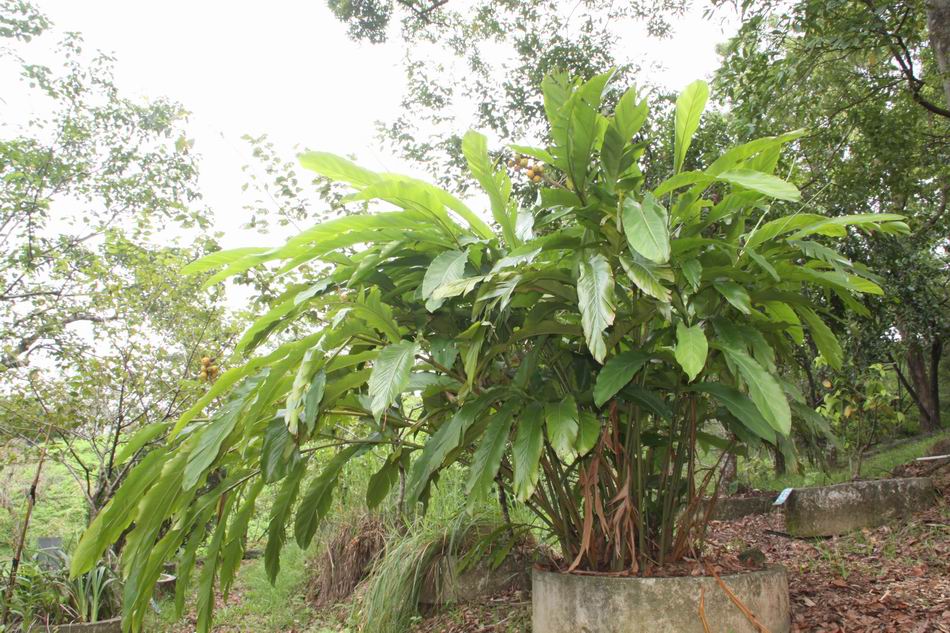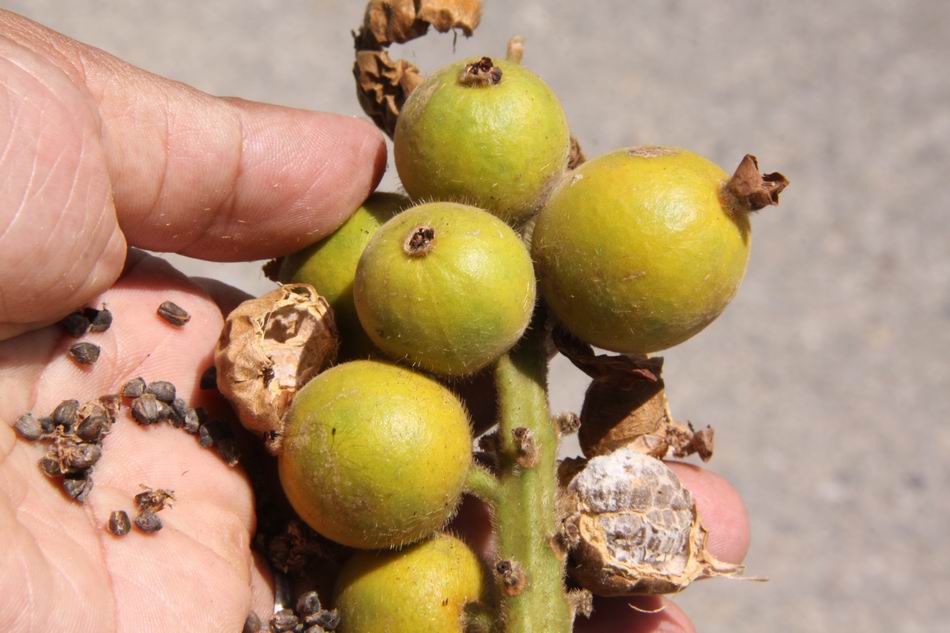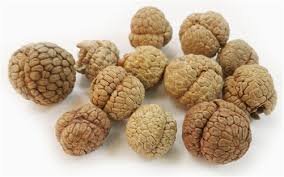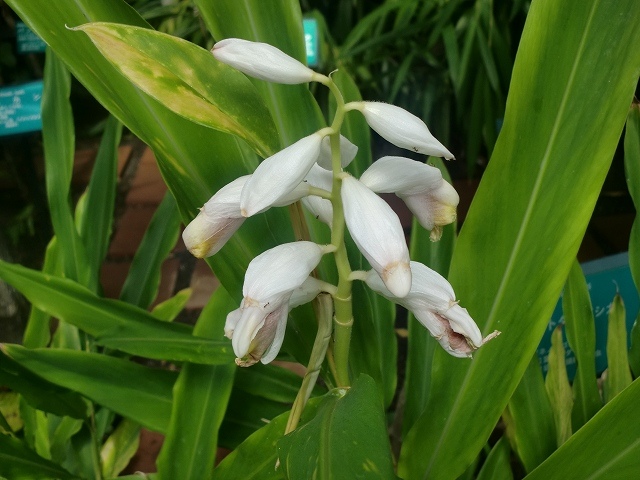- Abdominal pain, vomiting, reduced appetite, pale lips and tongue, and
the regurgitation of clear liquids due to Stomach Cold. Use with
Wu
zhu yu.
- Reduced appetite, abdominal pain and distention due to Spleen deficiency and
the resultant stagnation of Qi and abstruction by Dampness. Use with
Alpinia
officinarum- Gao liang jiang.
- Attack by Cold causing vomiting, pain and a sensation of cold in the abodmen,
and intense diarrhea, with
Cinnamomum cassia-
Rou gui and Gan jiang.
- Chronic diarrhea due to Cold from deficiency, with
Aucklandia
lappa- Mu xiang and
Terminalia chebula-
He zi in toasted form.
[1] A Complete English Dictionary of Medicinal
Terms in Chinese Acupuncture and Herbalism 1981- Henry Lu Chinese Foundations
of Natural Health- The Academy of Oriental Heritage, Vancouver, Canada.
[2] Translation notes from Gary Seiford and Hocu Huhn- NSW College of Natural
Therapies. Sydney Australia (1982).
[3] Chinese Herbal Medicine Materia Medica- Dan Bensky and Andrew Gamble- Eastland
Press 1986 Seattle Washington ISBN 0-939616-15-7
Images
1.
blog.goo.ne.jp
2.
kamwostore.com
3.
kplant.biodiv.tw
4.
kplant.biodiv.tw Alpinetin, cardamonin.[1]
References
[1] Chinese Herbal Medicine Materia Medica- Dan Bensky and Andrew Gamble- Eastland
Press 1986 Seattle Washington ISBN 0-939616-15-7
 Alpinia katsumadai, A.
katsumadae, Alpinia hainanensis. 草
豆 蔻
Cǎo dòu kòu,
Grass cardamon, Katsumadai seed
Family: Zingiberaceae
Alpinia katsumadai, A.
katsumadae, Alpinia hainanensis. 草
豆 蔻
Cǎo dòu kòu,
Grass cardamon, Katsumadai seed
Family: Zingiberaceae



